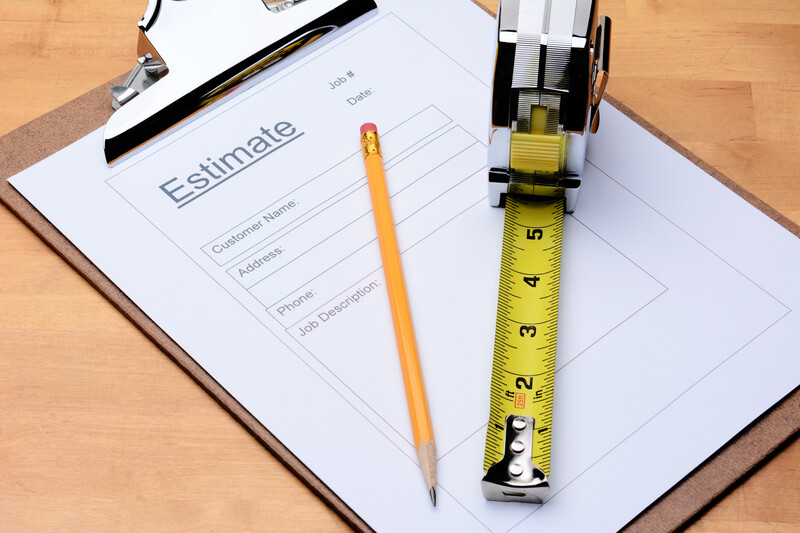Understanding Break Even and Cash Break Even in a Tradie Business:
Knowing your break-even point is a crucial aspect of running a successful tradie business. It helps you determine the minimum level of sales needed to cover all your costs and expenses. Additionally, understanding CASH break-even goes a step further by considering financial obligations like loan repayments and taxes. Let’s delve into the concepts of break even and cash break even and how you can calculate them for your business.
Break Even Point:
The break-even point is the level of sales at which your total revenue equals your total costs, resulting in zero profit. In other words, you’re covering all your expenses, but you’re not making any profit either. This information is essential because it acts as a safety net, allowing you to sleep easy during periods of declining sales. Knowing your break-even point helps you set realistic sales targets and understand how much revenue you need to generate to meet your financial obligations.
To calculate the break-even point for your business, follow these steps:
1. Analyse Past Data: Look at your financial records from the past six or twelve months and determine the ratio of cost of sales to sales during that period by dividing the total cost of sales by sales:
Cost of Sales Ratio = COS/Sales
2. Look at the past 6 or 12 months of expenses and calculate the average monthly expenses.
3. Calculate Break Even: The break even is the amount of sales for which we make zero profit. I have found the easiest way to do this is by choosing different amount of sales until we get close to the close no profit using this equation.
Sales
Less COS
Less Expenses
= $0 profit
We already have the average monthly expenses from above, and the Cost of Sales can be estimated using the COS ratio by using this equation:
COS = Sales x COS ratio
So the equation becomes:
Sales
Less (Sales x COS ratio)
Less Expenses
= $0 profit
Lets put some numbers in to illustrate its use:
Presume we have calculated our COS ratio is 50%, and our expenses run at $25,000/month. Now I am going to choose different amounts of Sales. To start with I am going to choose sales of $60,000. The equation looks like this:
Sales $60,000
Les COS 60,000 x 50%
Less expenses $25,000
Equals Profit $5,000
Since there is profit, we need to choose a lower sales amount. This time choose Sales of $50,000.
Sales $50,000
Les COS 50,000 x 50%
Less expenses $25,000
Equals Profit $0
Since there is no profit, break even Sales is $50,000.
2. Calculate Break Even: Divide your total operating expenses by the ratio of cost of sales to sales to find the break-even sales amount.
3. Set Sales Targets: Use the break-even sales amount to set realistic sales targets for your business. Ensuring you achieve at least this level of sales will cover all your costs.
Cash Break Even:
Cash break even takes the concept of break even a step further by considering not only the business’s operational costs but also any financial obligations like loan repayments, taxes, and other cash outflows. This is vital because some expenses, such as loan repayments, might not be included in the traditional profit and loss statement (P&L), affecting your cash flow.
To calculate the cash break-even point, follow these steps:
- Determine Additional Obligations: Identify all the financial obligations, such as loan repayments and taxes, that are not reflected in your P&L statement. If you pay yourself by drawings, you will need to add this is too.
- Choose an increased Sales amount and rerun the equation so that the resultant profit covers the total of your other obligations.
Understanding both the break-even point and the cash break-even point is crucial for the financial health and sustainability of your tradie business. By knowing these figures, you can set appropriate sales targets and take proactive measures to ensure your business remains profitable and your cash flow remains healthy.
So, take the time to assess your business’s financial data and determine your break-even and cash break-even points to make informed and strategic decisions for your tradie business’s success.
I’ve created an handy excel spread that will help you calculate your cash break even.
Get A Free Copy Of My Break Even Spreadsheet
Fill in your details below to download a free copy of my break even spreadsheet that you can use immediately in your business.










